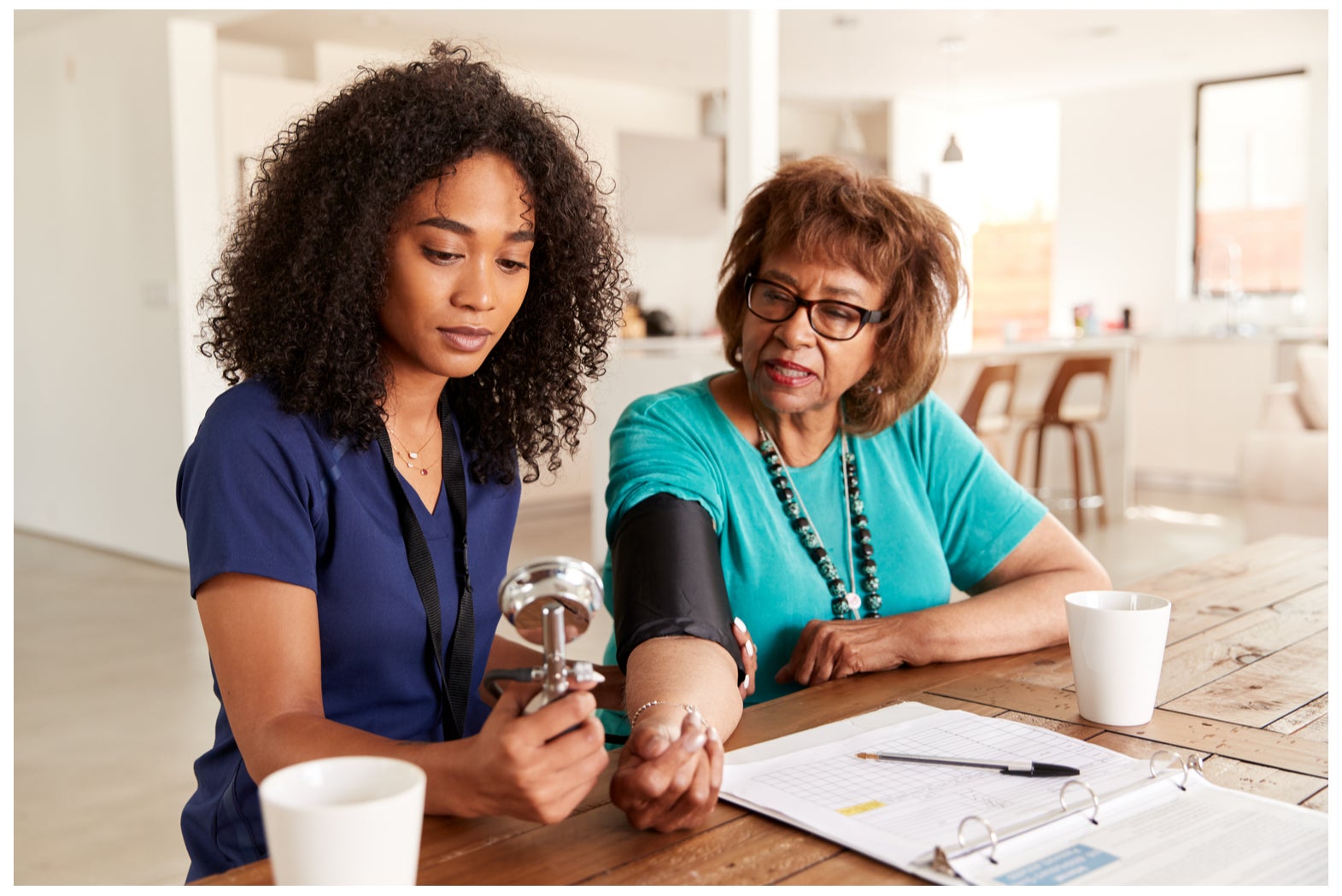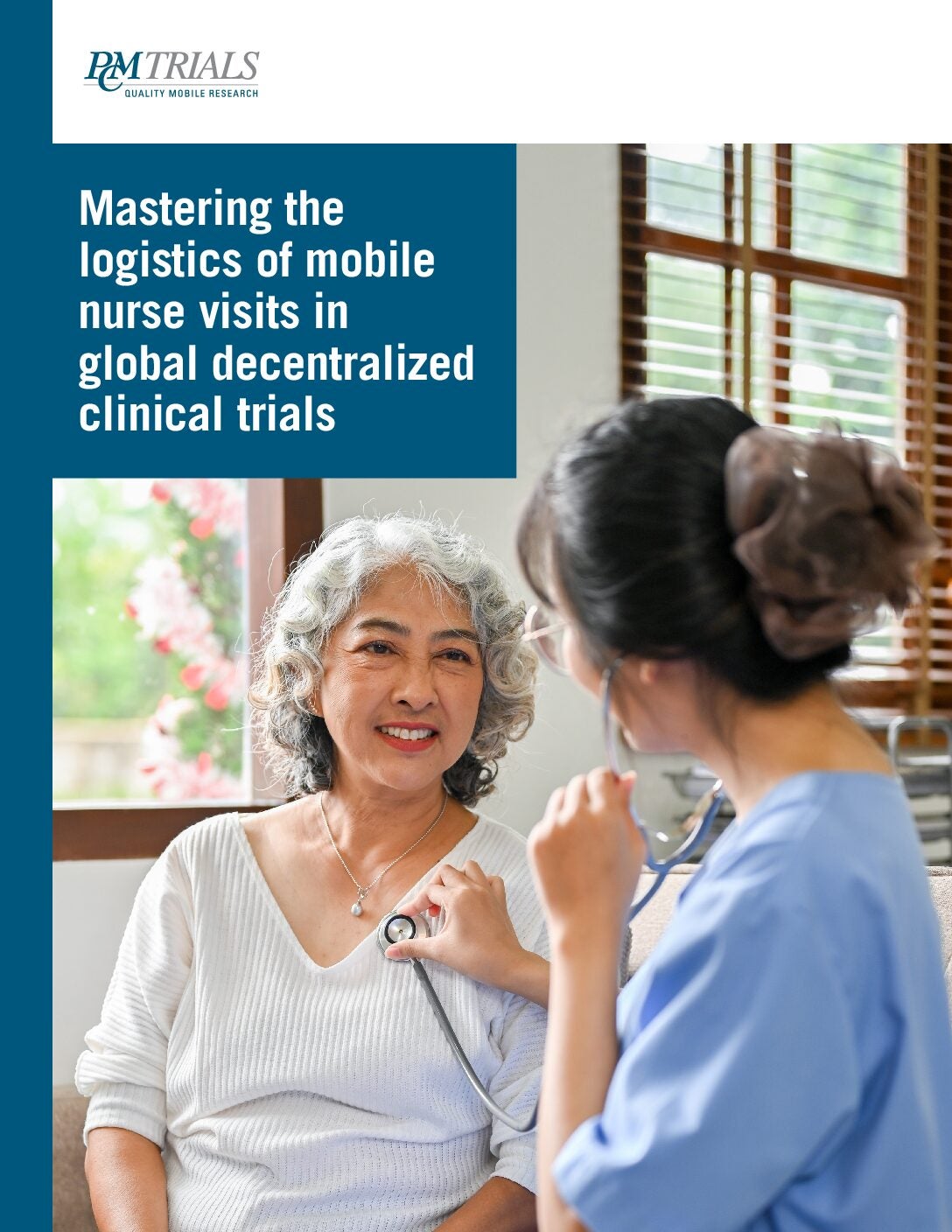
Clinical trials are failing to reflect the full diversity of our population, and underrepresented groups are suffering in two serious ways. Firstly, they do not have an equal opportunity to access the innovative medical treatments investigated in trials and, secondly, when those treatments become commercially available, the safety and efficacy data used to support their development and subsequent approval may not be reflective of all ages, genders, races, ethnicities and bodyweights.
Across the industry, sponsors and regulators are taking steps to address the diversity dilemma.
In 2022, the FDA recognized that some aspects of trial design – such as “frequency of study visits, time and resource constraints for participants”, and “transportation and participation conflicting with caregiver or family responsibilities” – have become barriers for many patients of certain demographics.
Mobile nursing visits have taken off as a component of decentralization, which seeks to reduce the burden of participation while improving patient safety, participant engagement and protocol adherence. By accommodating patients in their daily lives, mobile visits could be a game-changer for improving diversity and inclusion in clinical trials.
Inclusion for all
“We have had not one but two trials in the Amish Mennonite community – certainly not a population that is regularly commuting to Boston Children’s Hospital or Memorial Sloan Kettering in New York,” says Ellen Weiss, vice-president of In-home Solutions at mobile research company PCM Trials.
“Building the logistics around that was particularly challenging. It demanded a degree of flexibility, ingenuity and intrepidity of nursing that we had not experienced until then. For example, we have to not only bring a nurse – we might also need to bring a portable generator because electricity isn’t a certainty. If this population isn’t exactly on social media daily, how are those arrangements made? Where is the point of contact with their cellphone to coordinate these activities?”
It is a striking example of how, despite being faced with a very specific cultural paradigm and extreme rurality, the industry is taking innovative approaches to remove barriers to participation and enroll patients who might never have participated otherwise. There are exciting possibilities, but we are still at the beginning of the decentralization trend. So, what does the data show so far about mobile nursing visits and racial, ethnic and gender inclusion?
The gender health gap
Low female representation in clinical trials has been a key concern for quite some years, especially as inclusion has not always been guaranteed in trials for conditions that predominantly affect women.
Figures from GlobalData’s clinical trials database have revealed that mobile nursing studies have been more gender inclusive than non-mobile nursing since 2016, with the number of trials that include both male and female participants rising by 5%.
Moreover, Women’s Health studies make up 2.7% of all mobile nursing trials in the database, compared with only 0.3% of studies for Male Health. This could suggest that mobile nursing visits are being recognized as an appropriate choice for studies with female participants.
“For any woman aged in her mid-20s to approaching senior, those are the years when you’re a daughter, a wife, a mother and perhaps a caregiver for your aging parents,” explains Weiss. “Women make most of the healthcare decisions in any given family dynamic, and who is last on the list of people being attended to? Probably herself.”
Asking women to commit to a site visit for further diagnosis and screening, perhaps over multiple days, and then consent to a trial protocol that may require cross-country travel and potential additional overnight stays each month for the next year and a half is often not feasible.
“There just isn’t the village around most families so that a wife, a mother or a caretaking daughter can step out to participate in a trial like that,” says Weiss. “If we can take the trial to them, so much the better.”
Weiss also believes mobile visits have the potential to improve trial access for other gendered communities, which she says are some of the least seen for healthcare and diagnosis, even among cancers.

“There is some evidence to suggest that transgender and other gendered communities may be experiencing higher incidences of cancers that are caught later, so their outcomes are worse,” she explains. “A mobile visit can help a patient maintain their privacy if they choose to remain under the radar. The dignity, privacy and accommodation of a mobile visit may be just what they need.”
Racial and ethnic inclusion in mobile nursing trials
Underrepresentation of racial minorities is incredibly problematic in clinical research, as genetic variations can make a medicine more or less toxic in different groups. The issue becomes graver still when considering some underrepresented groups experience a disproportionate burden for certain diseases.
In 2022, GlobalData found that Black people made up just 3% of oncology participants between 2013 and 2022, despite having the highest cancer mortality rate among all races and ethnicities.
Increased adoption of solutions such as mobile nursing could be part of the answer for making trials more accessible for everyone, regardless of their geographic circumstances or socioeconomic status. For example, Hispanic and Latino participants are significantly more likely to be included in mobile nursing trials, according to data from the last seven years.
Some racial minorities have also been included in a higher proportion of mobile nursing trials since 2016. As shown below, the percentage of trials that recruited Native American/Alaskan Native, Native Hawaiian/Pacific Islander/Indigenous Australian and Black participants were all higher with mobile nursing.
Mobile visits could indeed be making a difference to inclusion for some minorities. However, when it comes to the number of patients being recruited from each racial group, the available data shows there is still a fair way to go before we see more equal representation of participants.
Comparing the above to figures from the GlobalData report, The Importance of Diversity in Clinical Trials, which analyzes diversity data from 2013 to 2022, the representation of Native American patients in mobile nursing trials is marginally above average by 2%. The participation of Black patients is higher in the mobile nursing data, but only by 1.5%. Representation of the Asian population, however, is below the benchmark by almost 10%. In Asian countries, family members are typically expected to assume caregiver responsibilities, so attitudes towards mobile nursing may differ widely from those in the West. Disclosure of race data is also low for Asia.
It is important to consider the geographies where mobile nursing trials are conducted (45% in North America, 37% in Europe, 28% in Asia-Pacific, 25% in the Middle East and Africa, and 18% in South and Central America) and the number of nurses within these regions.
European countries tend to have the highest concentration of nurses in the Organization for Economic Development (OECD), e.g. Finland, with 18.9 per 1,000 people. Also near the top of the list are Japan and the US, with 12.1 and 11.9, respectively. Korea and the UK are in the middle, with 8.8 and 8.7, respectively. China, Indonesia, India, Mexico, Brazil and South Africa are at the bottom.
The main limitation with the analysis in this article is the small sample size due to data availability. According to GlobalData’s report, there is low disclosure of patient race data across the board in clinical trials, with racially homogenous regions the least likely to publish demographic data. Disclosure rates are highest in North America, at 38.3%, and lowest in Asia-Pacific with just 13.2%, which can have an impact on analysis.
Towards a more diverse future
While there is some evidence to suggest the rise of mobile nurse visits in DCTs could be improving diversity, any sponsor eager to explore this potential in their own trial must make important considerations when it comes to their patients’ backgrounds, says Weiss. For example, bringing a trial to the Native American community, which PCM Trials’ parent company has decades of experience serving, introduces what Weiss calls “a different sort of paradigm” due to very specific cultural norms within the home environment. Whether a patient is from rural Montana or downtown Atlanta, Weiss says it is important for the mobile research provider to send a nurse whom that person will feel most comfortable with inside their home – even if this means hiring, training and certifying new healthcare providers from the same area.
“We do try to bring a nurse [who is] as close to the patient as possible; someone who knows the norms of that community, and even [from] that sub-neighborhood if we can,” she adds. “Who doesn’t like to invite someone in from your own neighborhood? We just find that adoption is easier.”
To learn more about how to increase patient diversity with mobile visits in clinical trials, please download the whitepaper below.




